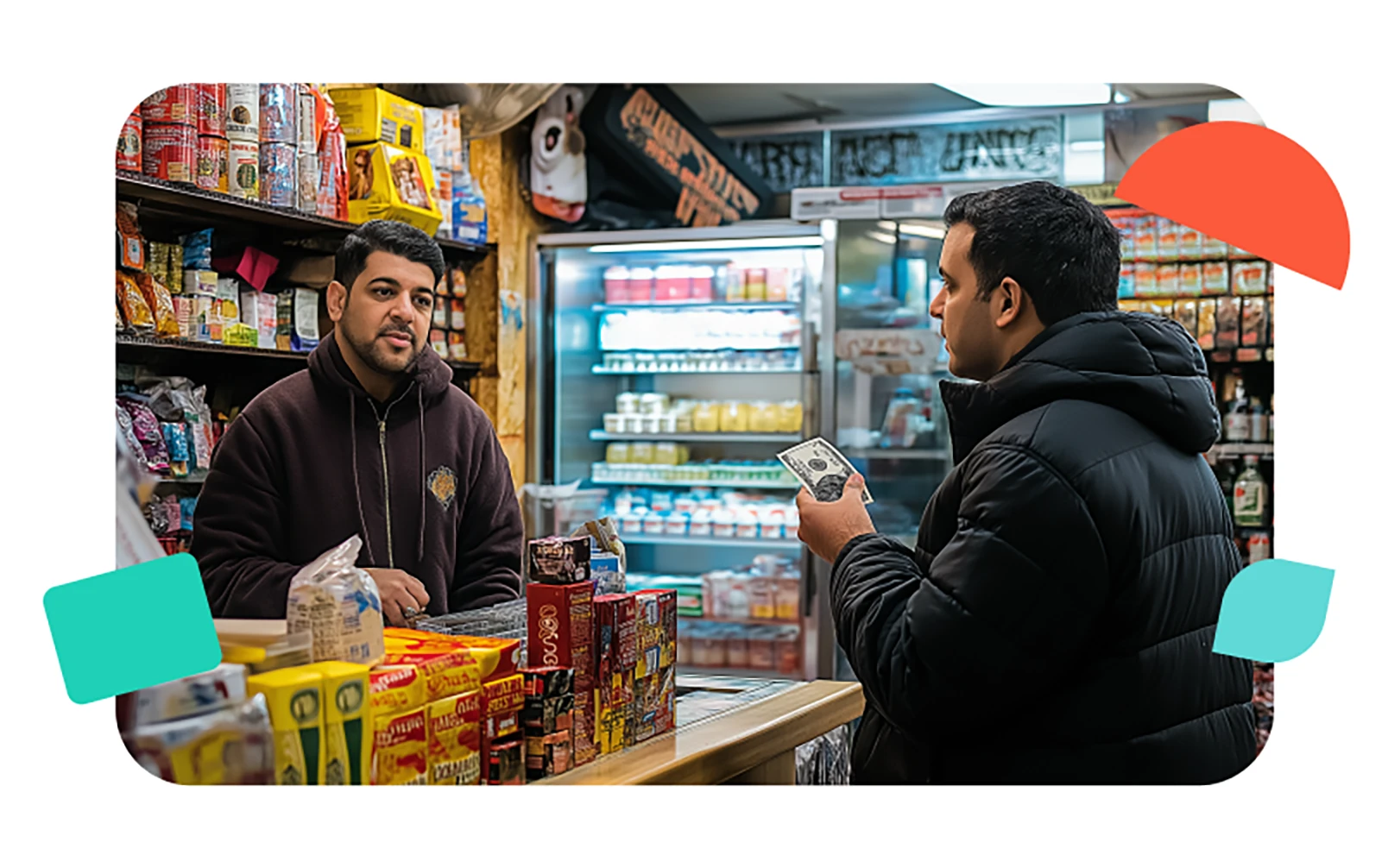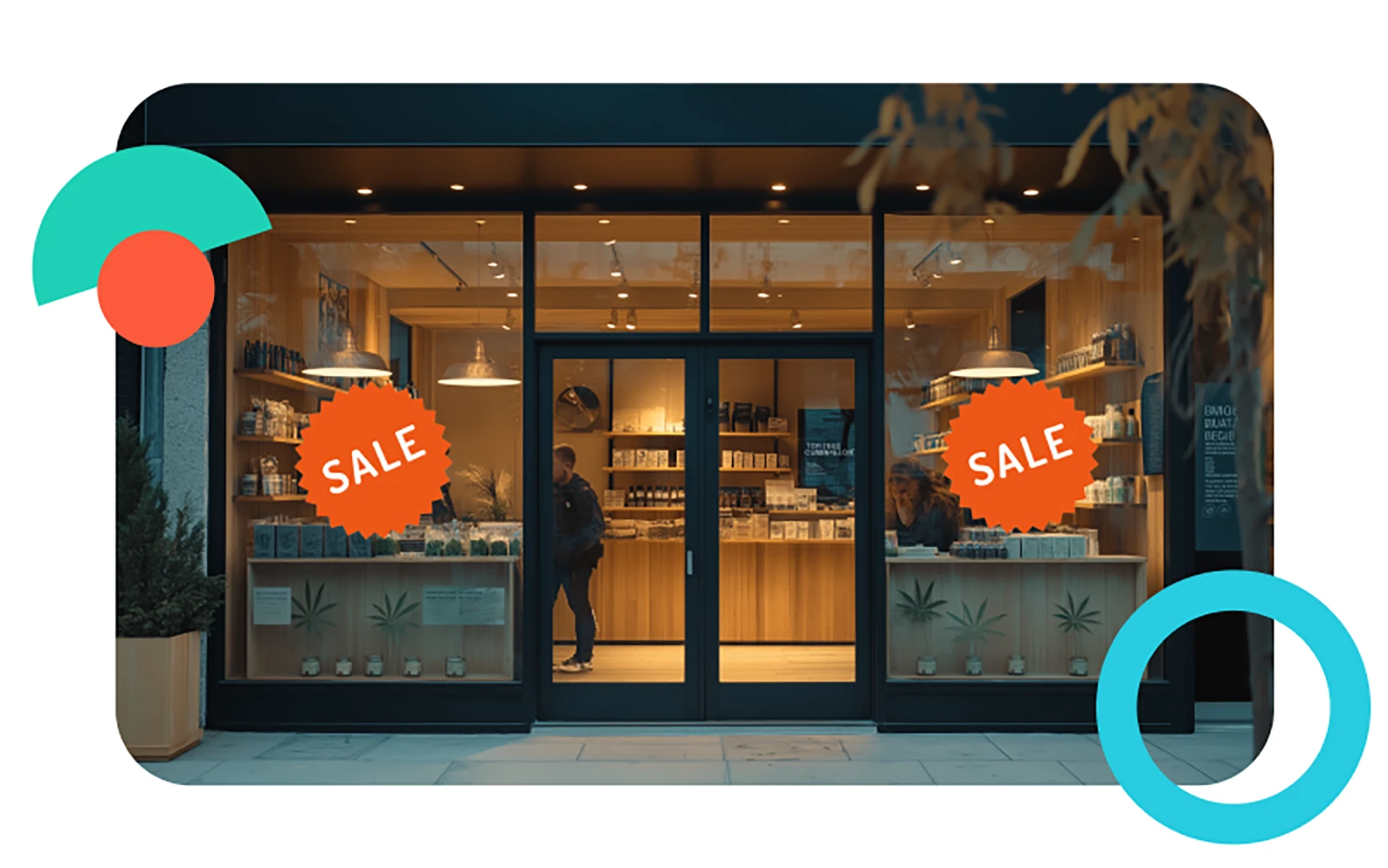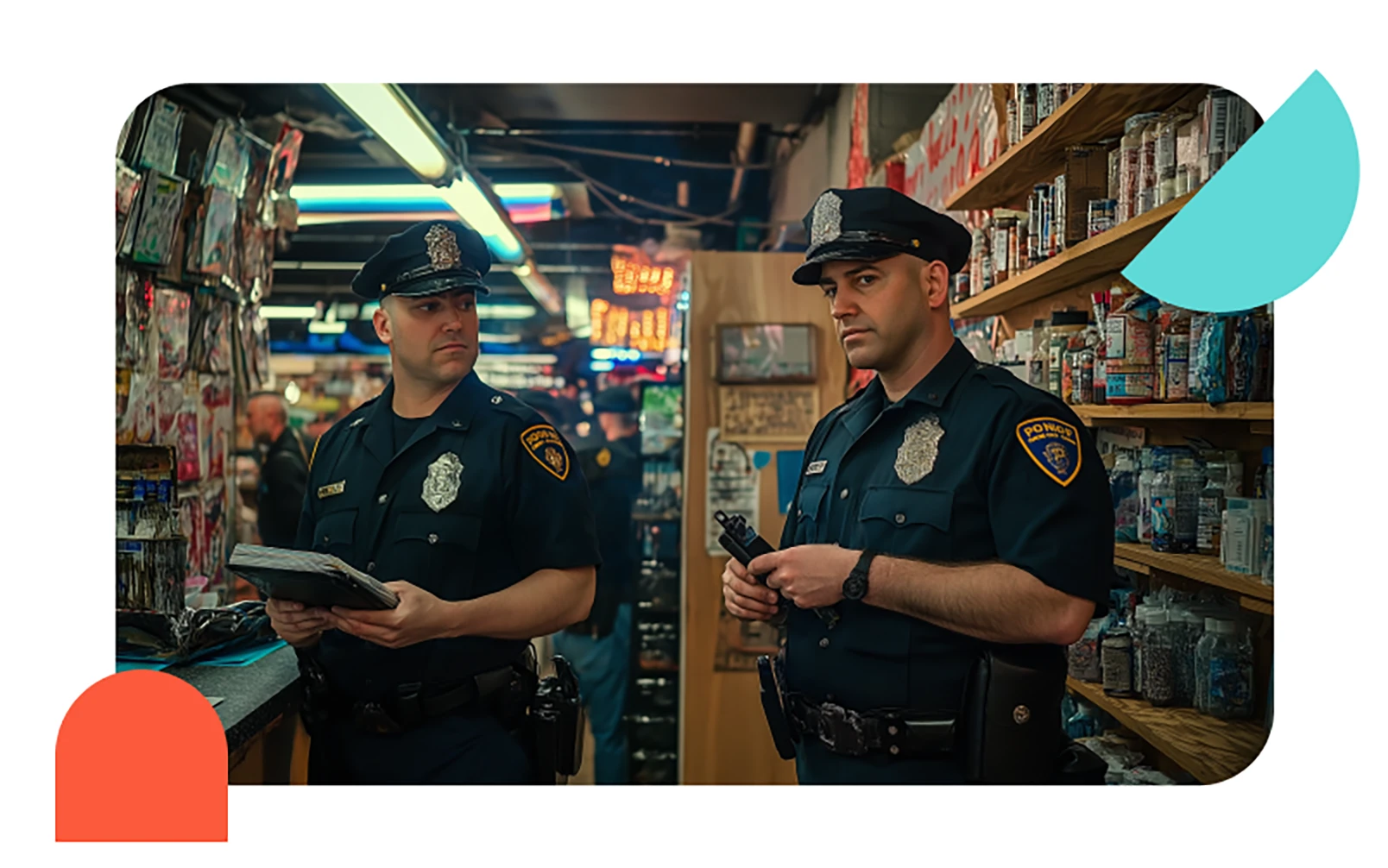Illegal Cannabis Dispensaries in New York: They Affect Legal Sales


The New York cannabis market has faced significant challenges since the legalization of adult-use cannabis in 2021. One of the most prominent issues is the proliferation of illegal cannabis dispensaries, which are undermining the state's legal market. These unlicensed shops are causing headaches for legal dispensaries, state regulators, and customers alike. This article explores the impact these illegal dispensaries have on New York's cannabis market.
The Extent of Illegal Cannabis Dispensaries in New York
The rise of illegal cannabis dispensaries has become a major problem in New York. While the exact number of illegal shops fluctuates, estimates suggest there could be up to 4000 unlicensed dispensaries operating in New York City alone, with an estimated 36,000 total across the state. This far outnumbers the 189 legal dispensaries currently open in the state as of September 2024 (only about 85 of these are in New York City). The high number of illegal cannabis shops is creating fierce competition for licensed dispensaries that are struggling to establish themselves in the market.
Why Are Illegal Cannabis Dispensaries So Common?
The rapid spread of illegal dispensaries can be attributed to several factors. One key reason is that New York experienced delays in rolling out its legal dispensary licensing process, leaving a gap for illegal shops to thrive. Additionally, applying for a legal cannabis license is an expensive and complicated process, with extensive regulatory requirements. For many illegal shop owners, the prospect of navigating this bureaucracy is unappealing compared to the ease of operating without a license.
Another reason illegal dispensaries avoid going legal is the substantial taxes imposed on legal sales, including a 13% retail tax (9% state and 4% local). Additionally, distributors pay an additional 9% flat tax. Prior to June 1, 2024, distributor taxes were based on potency, making them more expensive and harder to establish. This added cost is typically passed along to dispensaries who purchase their products. These taxes significantly drive up prices, making it difficult for legal dispensaries to compete with the often cheaper, tax-free products sold at illegal shops.
What Are the Penalties for Illegal Cannabis Dispensaries?
Running an illegal cannabis dispensary in New York is a serious offense. Under state law, unlicensed operators can be fined $10,000 per day for unlawful cannabis sales. This increases to a $20,000 per day penalty once they have been ordered to cease operations. Despite these harsh penalties, enforcement has been inconsistent, allowing many illegal shops to continue operating without fear of immediate repercussions.
Law enforcement officials blame the way the law is structured. To shut down an illegal cannabis shop, they must first inspect and identify illegal products being sold. If illegal cannabis products are found, the owner of the shop is issued a “notice of violation” that includes an order to close. Failure to close as ordered results in fines that are often seen as the cost of doing business by illegal shop owners who are raking in money. To force closure, the case must go before the State Supreme Court, which is a very long process.

What Are the Penalties for Customers of Illegal Cannabis Shops?
Customers who purchase from illegal cannabis dispensaries are also at risk. While the state’s focus has primarily been on targeting illegal sellers, buyers can still face legal consequences, including fines or misdemeanor charges. In addition, purchasing from illegal shops poses health risks, as these products are not subject to the same safety testing as legal cannabis.
Price Differences Between Legal and Illegal Cannabis
One of the primary reasons New Yorkers turn to illegal cannabis shops is the price difference. Legal cannabis tends to be more expensive due to the taxes and fees associated with operating a licensed dispensary. On average, legal cannabis products cost 30-50% more than those sold at illegal dispensaries. For budget-conscious consumers, the lure of cheaper, unregulated cannabis is hard to resist.
Are Illegal Shops Forcing Legal Shops to Lower Their Prices?
To compete with the black market, many legal dispensaries have been forced to lower their prices, cutting into already thin profit margins. Despite these efforts, many legal dispensaries are struggling to remain profitable due to the high operating costs and competition from illegal shops. Some legal dispensaries have even reported operating at a loss, as they try to stay afloat in the face of unregulated competition.

What Percentage of New Yorkers Still Buy Illegal Cannabis?
Despite the availability of legal cannabis, a significant portion of New Yorkers continue to purchase from illegal dispensaries. Recent estimates suggest that more than 40% of cannabis users in the state still buy from the black market. This is partly due to the lower prices and easier access provided by illegal shops, many of which operate openly in high-traffic areas.
New York’s Crackdown on Illegal Cannabis Dispensaries
In response to the rise of illegal cannabis shops, New York has begun cracking down on these operations. The state has launched new enforcement actions, targeting unlicensed dispensaries with fines, shutdowns, and arrests. However, these efforts have been met with several roadblocks. Many illegal shops quickly reopen after being shut down, while the state’s limited enforcement resources make it difficult to target every illegal operator.
However, the recently passed New York State Budget Bill provides additional authority to local administrations to padlock illegal cannabis dispensaries and collect fines. It allows county and city governments to pass and enforce additional ordinances that define how they deal with businesses selling illegal cannabis products. In New York City, the sheriff’s office has been given additional authority to shutter illegal cannabis dispensaries. Landlords in the city face fines of up to $50,000 if they do not initiate eviction proceedings for any tenants engaged in illegal cannabis sales. Outside the city, these fines can be as much as five times the rent.

Public Opinion on Illegal Cannabis Shops
The general public’s opinion on illegal cannabis shops is mixed. While some consumers appreciate the lower prices and accessibility, others are concerned about the impact these unregulated operations have on the state’s legal market and public safety. Many residents feel that the state needs to do more to shut down illegal dispensaries and support the growth of the legal market. Not all agree, however. Some New Yorkers appreciate the convenience of local bodegas selling illegal cannabis and don’t want to see them shut down.
Are Illegal Shops Here to Stay?
Looking forward, New York’s cannabis market remains uncertain. As the state continues to crack down on illegal dispensaries, owners are fighting back with lawsuits designed to demand due process. Still, the hope is that with continued enforcement of cannabis laws, the legal market will eventually outcompete the black market. However, with the ongoing challenges in enforcement and the high costs of operating a legal dispensary, illegal shops may continue to be a fixture in New York for the foreseeable future.
Ultimately, addressing the issue of illegal cannabis dispensaries will require a multi-faceted approach, including streamlining the licensing process, lowering taxes on legal cannabis, and increasing enforcement efforts. If these steps are taken, New York’s legal cannabis industry may finally begin to flourish.
Conclusion
Illegal cannabis dispensaries are a significant obstacle to the success of New York’s legal cannabis market. With lower prices, widespread availability, and limited enforcement, these unlicensed shops continue to draw customers away from legal dispensaries. For New York’s cannabis industry to thrive, the state must tackle the root causes of illegal operations and support licensed businesses. Only then can New York’s cannabis market reach its full potential.
Heading 1
Heading 2
Heading 3
Heading 4
Heading 5
Heading 6
Lorem ipsum dolor sit amet, consectetur adipiscing elit, sed do eiusmod tempor incididunt ut labore et dolore magna aliqua. Ut enim ad minim veniam, quis nostrud exercitation ullamco laboris nisi ut aliquip ex ea commodo consequat. Duis aute irure dolor in reprehenderit in voluptate velit esse cillum dolore eu fugiat nulla pariatur.
Block quote
Ordered list
- Item 1
- Item 2
- Item 3
Unordered list
- Item A
- Item B
- Item C
Bold text
Emphasis
Superscript
Subscript



